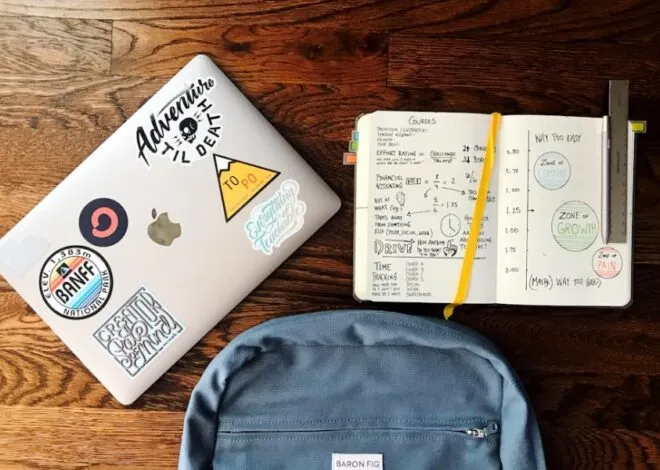 Over the years, my son’s aides and teachers have worked together with us to help my son try to stay in the classroom. He is in an inclusion classroom, but sometimes struggles with the environment.
Over the years, my son’s aides and teachers have worked together with us to help my son try to stay in the classroom. He is in an inclusion classroom, but sometimes struggles with the environment.
What are some ways to help a child remain inside the classroom?
There are times my son will say that his “engine is running high.” Sometimes, he says this as a way of communicating that his body is overstimulated or doesn’t feel “settled” in some way. Plus, there have been times he has said this to try to get an “engine break” out of the classroom because he is bored or just not in a classroom mood.
Typically, it more of the overstimulated situation with my son. What plan have the teacher(s), the aide, and me come up with to help keep him inside the classroom? Here are some examples:
1. Have the child carry an armful of heavy books around the classroom.
2. Have the child move a desk. This may interrupt the class, however, so the circumstances should be right for this one.
3. Have the child take a classroom lap or two. They can be “just stretching their legs.”
4. If you or your school is able to provide a yoga ball to your child’s classroom, then the child can do some quick OT exercises to help calm his body.
5. If the “reading corner” or some out of the way space has a cushion of any sort, let the child squeeze it a few times.
6. Let the child chew gum or gummy bears.
7. Provide your child with “fidget toys.”
What are fidget toys?
They are small items (not necessarily toys) that can be squeezed quietly so as not to become a distraction to other students. Examples are a slinky, small squeeze balls (like stress balls), play putty, hair braids, a small bath towel and many other items can fit into a small box and can be squeezed without making any noise.
I put several of these items into a plastic box I purchased at Office Depot. I labeled the box, “fidget box,” and then the aide and I came up with some rules for using the box.
1. Choose only one toy at a time.
2. Close the box and put the box away, keeping only the one toy out.
3. Squeeze the toy in one hand.
4. Keep the toy at your desk and do not throw the toy.
5. Put the toy away when you are finished with it.
What if none of these “inside” things work to calm my child’s body?
Removing the child may be your only option. My son’s aide can remove him from the classroom, but they only leave for three to five minutes.
Here are some of things they do during this time:
1. Have the child do an errand for his/her teacher, like a classroom job. The child can deliver something to another teacher or to the office or return a book to the library.
2. Have the child do some OT exercises like jumping jacks or pushing on a wall.
3. The child and aide can walk around a building or two.
4. The aide can take the child to play equipment so the child can hang on the monkey bars.
5. Have the child take “big steps” and count out 20 or 50 or 100.
Any more suggestions for helping your child inside the classroom?
If your child has trouble sitting in his chair, try providing a seat cushion. We brought several different types, my son figured out which one worked best for him, and then the aide sent home the ones he didn’t use.
Provide a mat for the child to sit on if they have to sit on the floor or ground for any reason. My son has to sit on a hard, gym-like floor during assemblies, for example. I provided a piece of a rug.
If your teacher has the kids change desks every month (our teachers do), then ask if your child can choose his own seat.
I prefer not my son to not sit in the middle of the room and/or in front of other kids. He is a very fidgety kid and I don’t think it’s fair for other students to get distracted by my jumping-bean of a child.
Plus, try to make sure the desk position is away from other distractions, like the noise of a heater turning on and off. This happened to our child some time. After his desk was changed, he became less distracted.
You want to do anything you can to help your child remain inside the classroom, especially if your child is in an inclusive environment. Discuss any issue with your child’s teacher and his/her aide. Try not to blindside any of them by giving your child an instruction that they don’t know about.
Remember, you are all working together. The teacher wants the smoothest classroom experience possible because they want to be able to teach. Discipline is a part of this job description, but I know they’d prefer doing more teaching than discipline. If you can help your child to avoid any bad behaviors, then everyone in that classroom will benefit.
To Find Kimberly Kaplan:
www.kimberlykaplan.com
www.smashwords.com or Amazon Kindle ebook “A Parents’ Guide to Early Autism Intervention”
Twitter: @tipsautismmom





